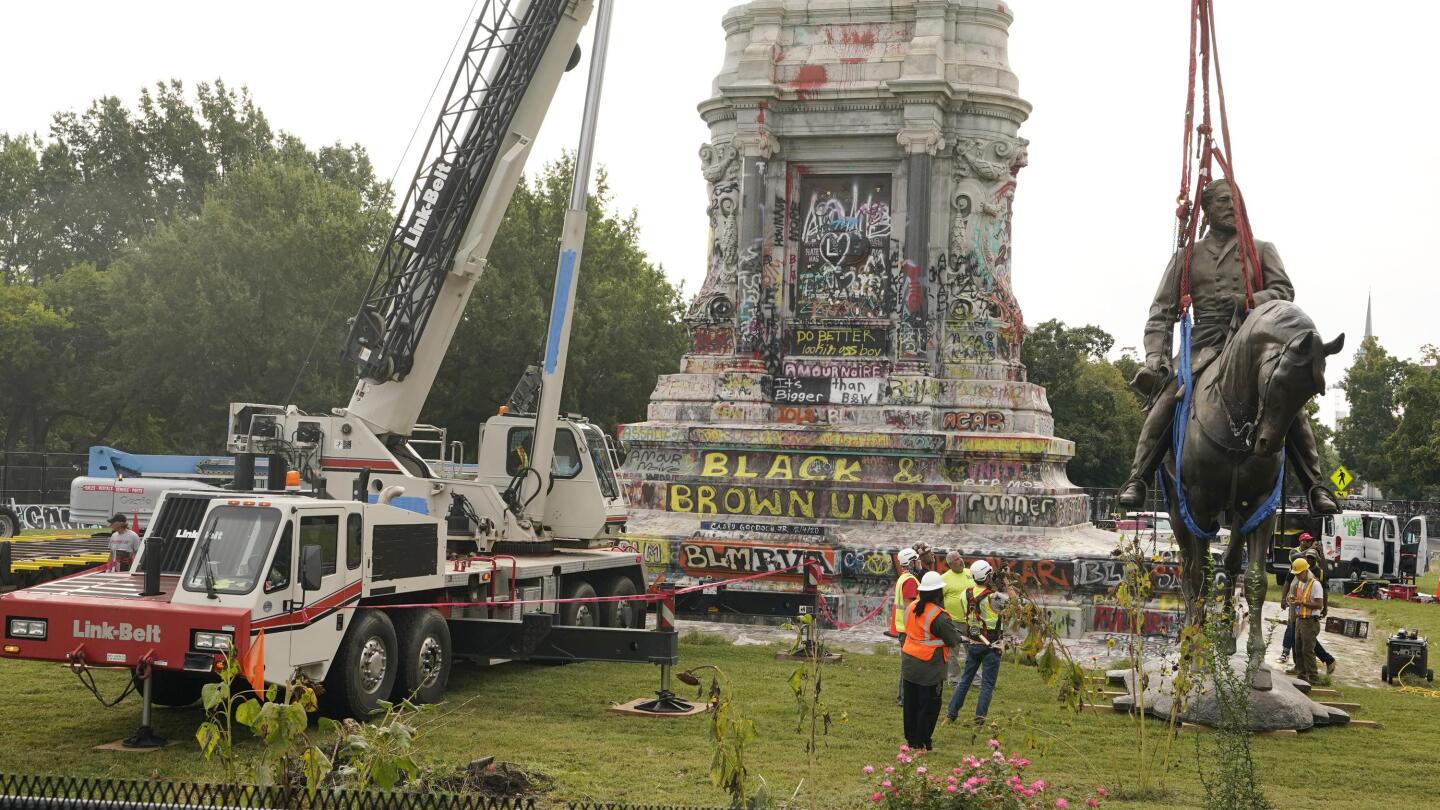That's an advantage, but improvements to weapons or tech aren't what change the way wars are fought; fundamental changes come from new weapons forcing new tactics. The Colt revolver improved the effectiveness of cavalry, but that didn't make anything obsolete. By the Civil War, the Gatling guns were in wide use, but that leads to the second truism: It takes time.
Here, a case study: One of Lee's several mistakes at Gettysburg was ordering Pickett's Charge. It was a classic Napoleonic move: Blow the hell out of the enemy center, then march your troops through it, splitting him in two. There's evidence writ large that Lee was still using Napoleonic tactics in the Civil War. As it turns out, it failed horribly, and it was about the last time we saw Napoleonics in use.
Roosevelt demonstrated the effectiveness of massed Gatlings at San Juan Hill, and then by WWI, mass charges were madness due to all of the machine guns—and yet a few were attempted, with predictable results. (Ever see the movie War Horse? That.) Machine guns didn't just improve on existing tactics, but brought in new ones, and warfare changed, and WWI was fought mostly in trenches.
Airplanes changed that again, adding a whole new dimension. Then, tanks changed it again, and air war and blitzkrieg ruled WWII. That's how the warfare changes, not just because Minie balls could shoot farther.

